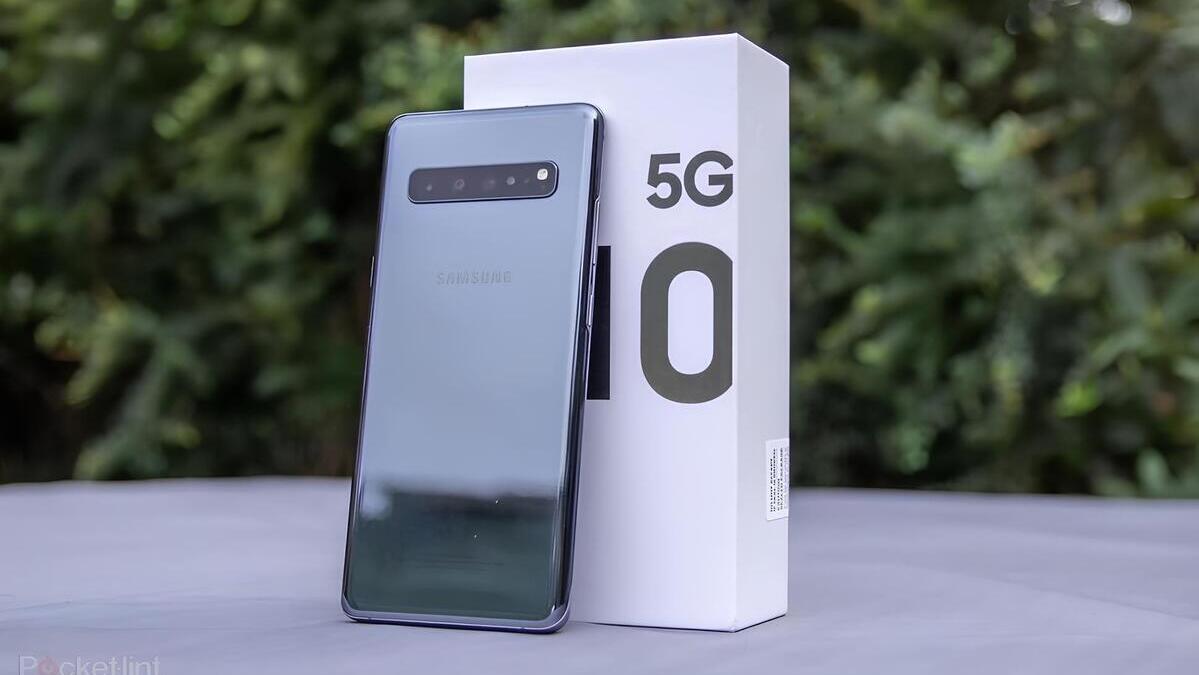The end of software support for the Samsung Galaxy S10 5G: Farewell to the legendary 5G smartphone and the promise of updates valid for four years.
The Galaxy S10 5G, a milestone in mobile technology as the world’s first 5G smartphone, has officially reached the end of its life. This month, the South Korean giant announced the end of software support for the iconic device. In the future there will be no more updates, not even security patches.
Launched in February 2019, the Galaxy S10 5G made its debut along with the Galaxy S10e, Galaxy S10 and Galaxy S10+ models. Despite a slight delay from the other three models that launched in March, the Galaxy S10 5G was unveiled in Samsung’s home country of South Korea in April, retaining its title as the world’s first commercial 5G smartphone.
During its four years of service, the Galaxy S10 5G benefited from numerous security updates, some minor extra features and three major Android OS updates. It launched with Android 9 Pie and has been updated to Android 10, Android 11 and Android 12 over time. Unfortunately, this marks the end of Samsung’s promised update cycle for the device: three generations of Android OS updates and four years of security patches.
The Galaxy S10 5G has officially reached the end of its lifespan in April 2023. A few months later, Samsung finally stopped providing new updates for the device. The phone disappeared from the list of devices supported by company updates. Despite being able to release an update or two for critical bugs, don’t expect new security patches or feature updates for your old device.
It’s worth mentioning that Samsung has already dropped software support for the Galaxy S10e, Galaxy S10 and Galaxy S10+ models. As mentioned earlier, these three models, launched in March 2019, have already been on the market for four years this year. The South Korean tech giant dropped them from its update list in April, along with the mid-range Galaxy A50 and Galaxy A30, which also launched in March 2019.
In the Galaxy S10 series, Samsung continues to offer the Lite model, which was first presented in January 2020 “cheap flagship” of the brand. This device still runs until January 2024, but will no longer receive major Android OS updates as it is not Android 14 compatible. It will end its lifespan with One UI 5.1 based on Android 13.
While Galaxy S10 Lite users can wait for more security updates, owners of other Galaxy S10 models should consider upgrading to a newer device. This move marks the end of an era for Samsung, but also underscores the ever-accelerating pace of technological advances in the smartphone world.




